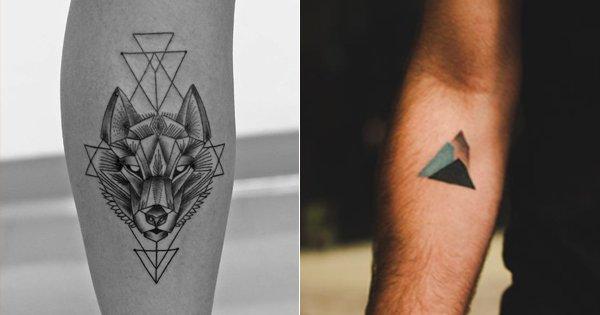You’ve heard the phrase ‘killer fashion’, right? Well, it came into being when petticoats killed and high collars almost guillotined people. From poisonous hats to weird shoes, fashion in the 18th and 19th century literally killed a few in its wake.
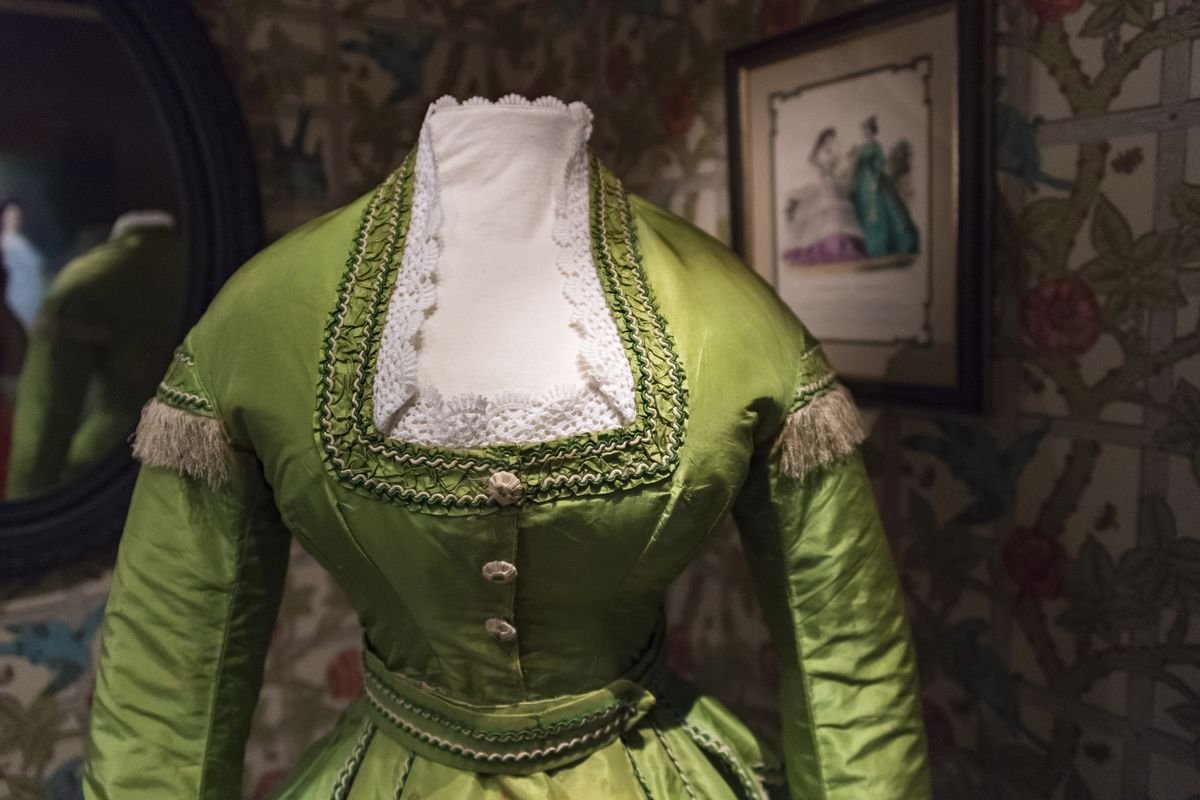
Here are some fashion trends that took more than a few lives in the past:
1. Top Hats
In the beginning of the 18th century and through the 19th century, top hats were fabulously famous. This was also the time when the phrase, ‘mad as a hatter’ became popular.
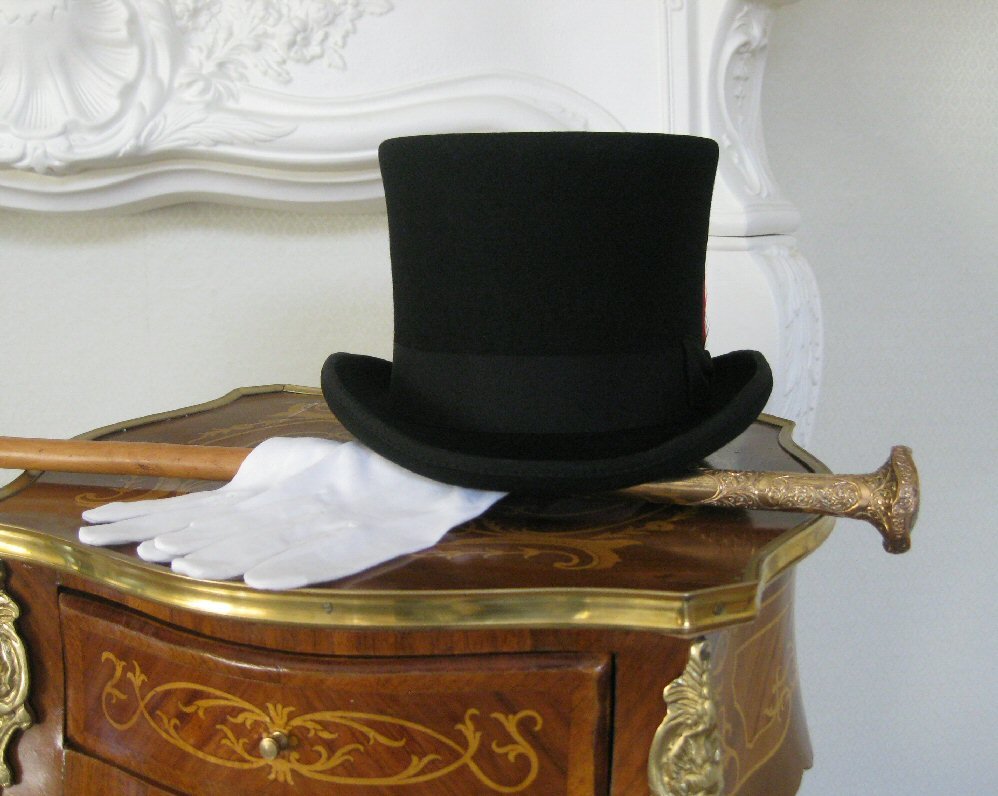
Why? Because the trendy top hats were lined with mercury, that affected the nervous system of the workers who made these fashion accessories. Exposure to mercury at this level caused aggressiveness, mood swings, and anti-social behaviour among the workers, and even killed a few.
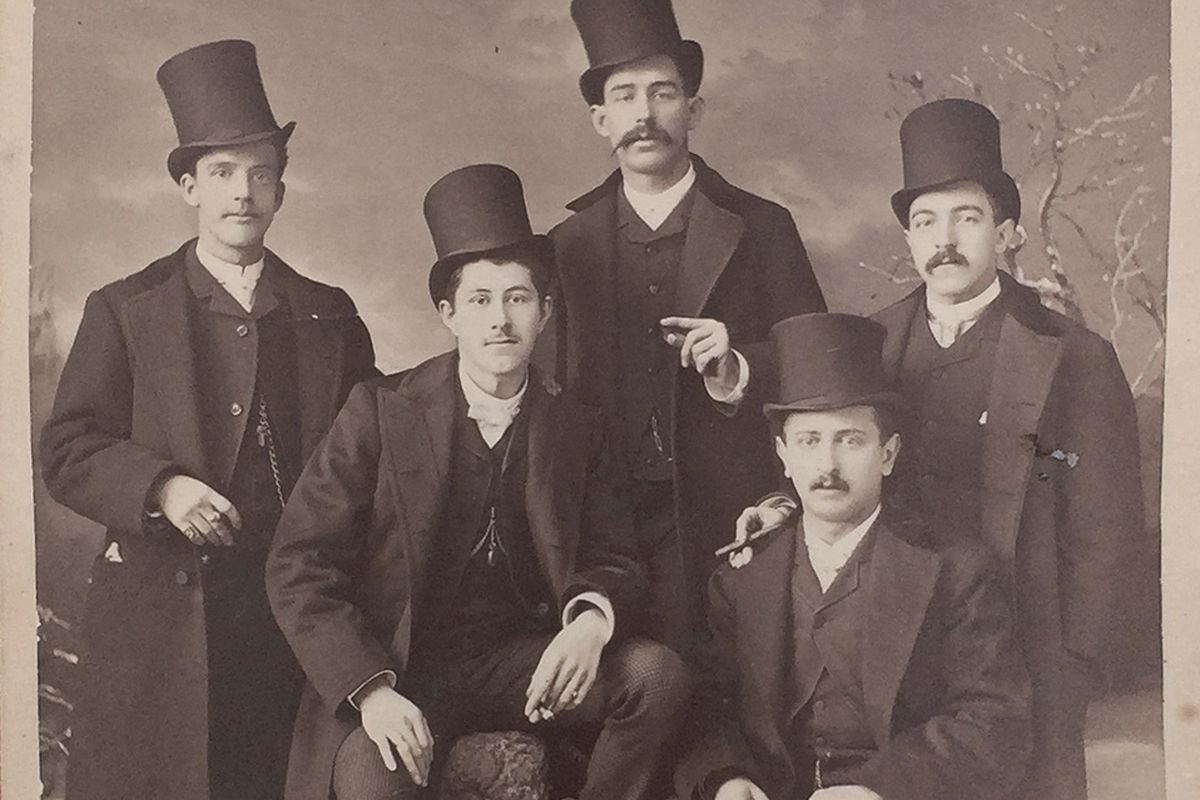
2. Corsets
For fashion’s sake, women in the Victorian age were asked not to breathe much so that their waist could be clinched and their breasts amplified. This was when corsets were born. In 1903, a woman died suddenly after two pieces of corset steel lodged in her heart. In 1912, a female impersonator, Joseph Hennella, collapsed on stage as a result of tight lacing from his corset.
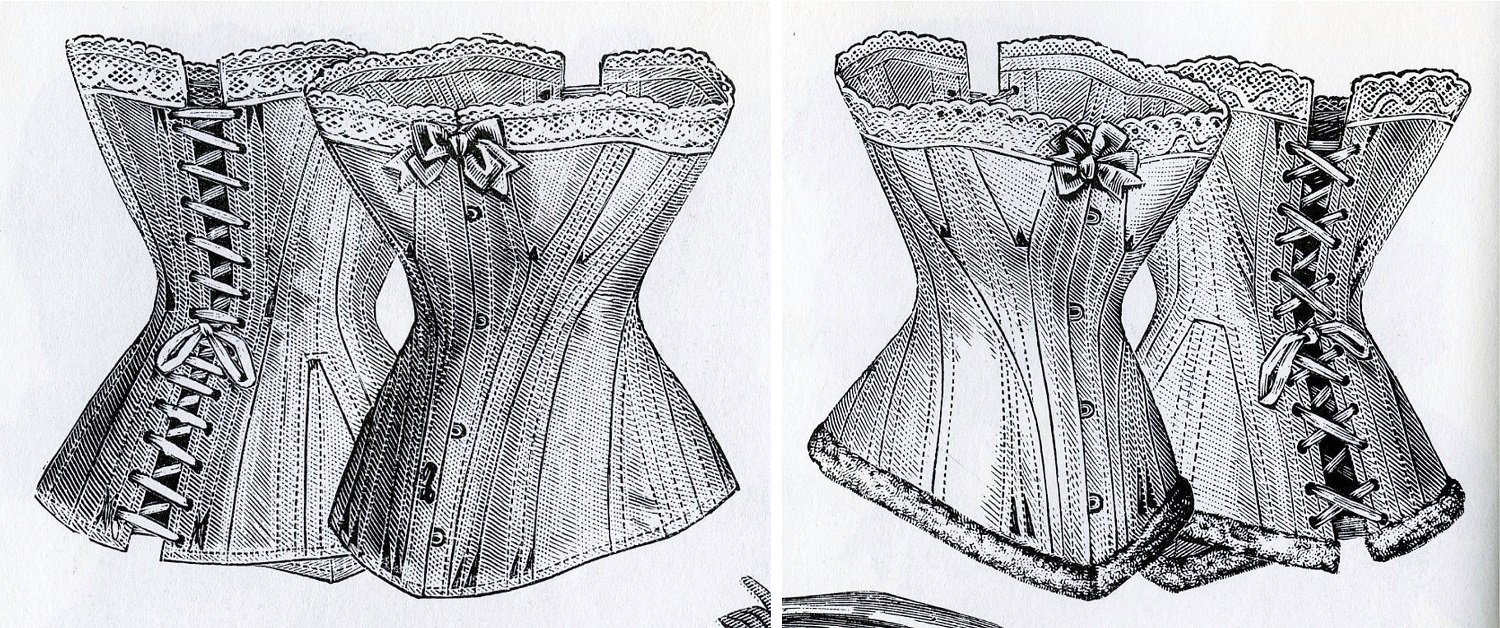
3. High & Tight Collar
In the 18th century, the stiffness of the collar was associated with sexual virility among men. Therefore, these collars were highly fashionable but unfortunately, killer as well. In the late 1800s, in an untoward incident, a man almost lost his life when he tripped while getting out of his street car. Yes, he was almost guillotined by a stiff, starched collar.
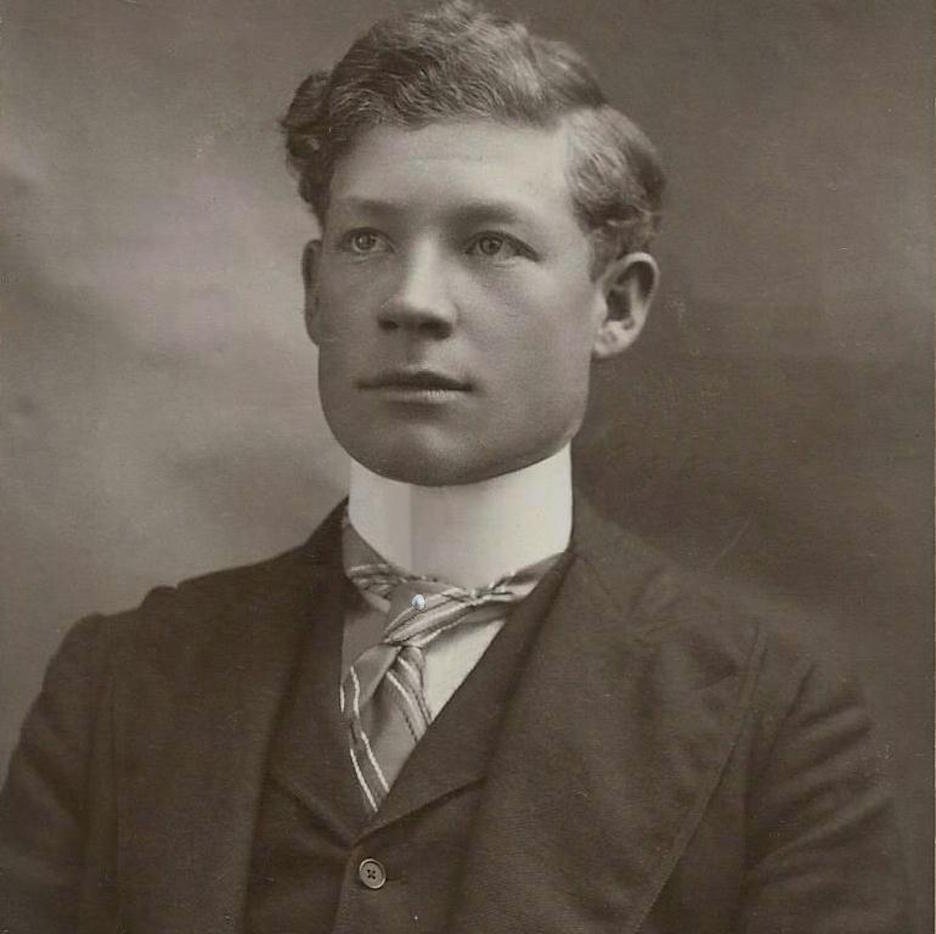
4. Foot Binding
Also known as Lotus feet, the trend became extremely popular in 8th century China when a court dancer named Yao Niang bound her feet into the shape of a new moon. This practice produced a particular gait that relied on the thigh and buttock muscles for support, which apparently was graceful and attractive.
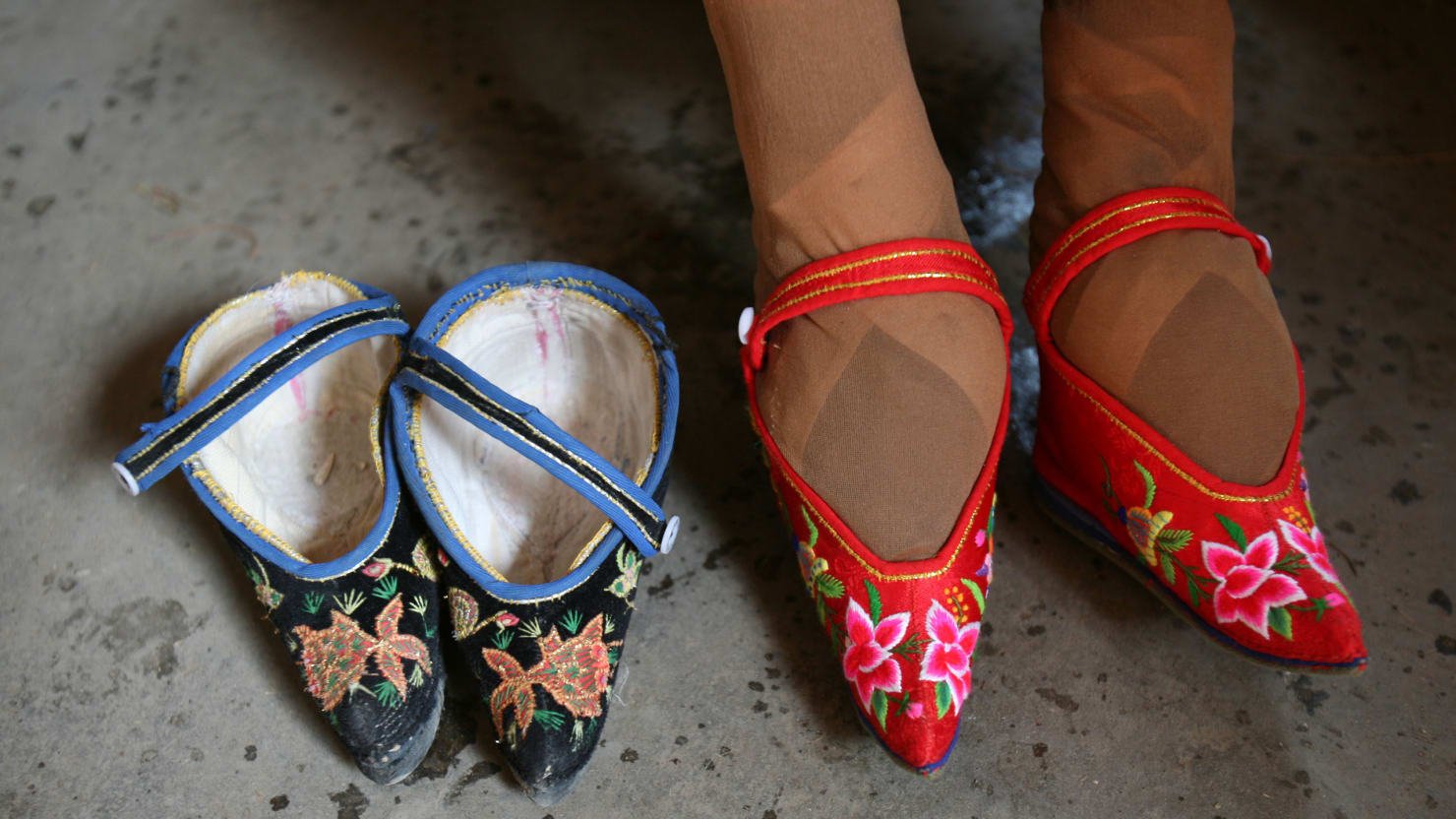
However, the horrible ritual cut off circulation in the toes, and lead to gangrene and other life-threatening infections. Gangrenous toes were actually considered to be a good thing because that meant the toes might fall off. Gruesome, right?
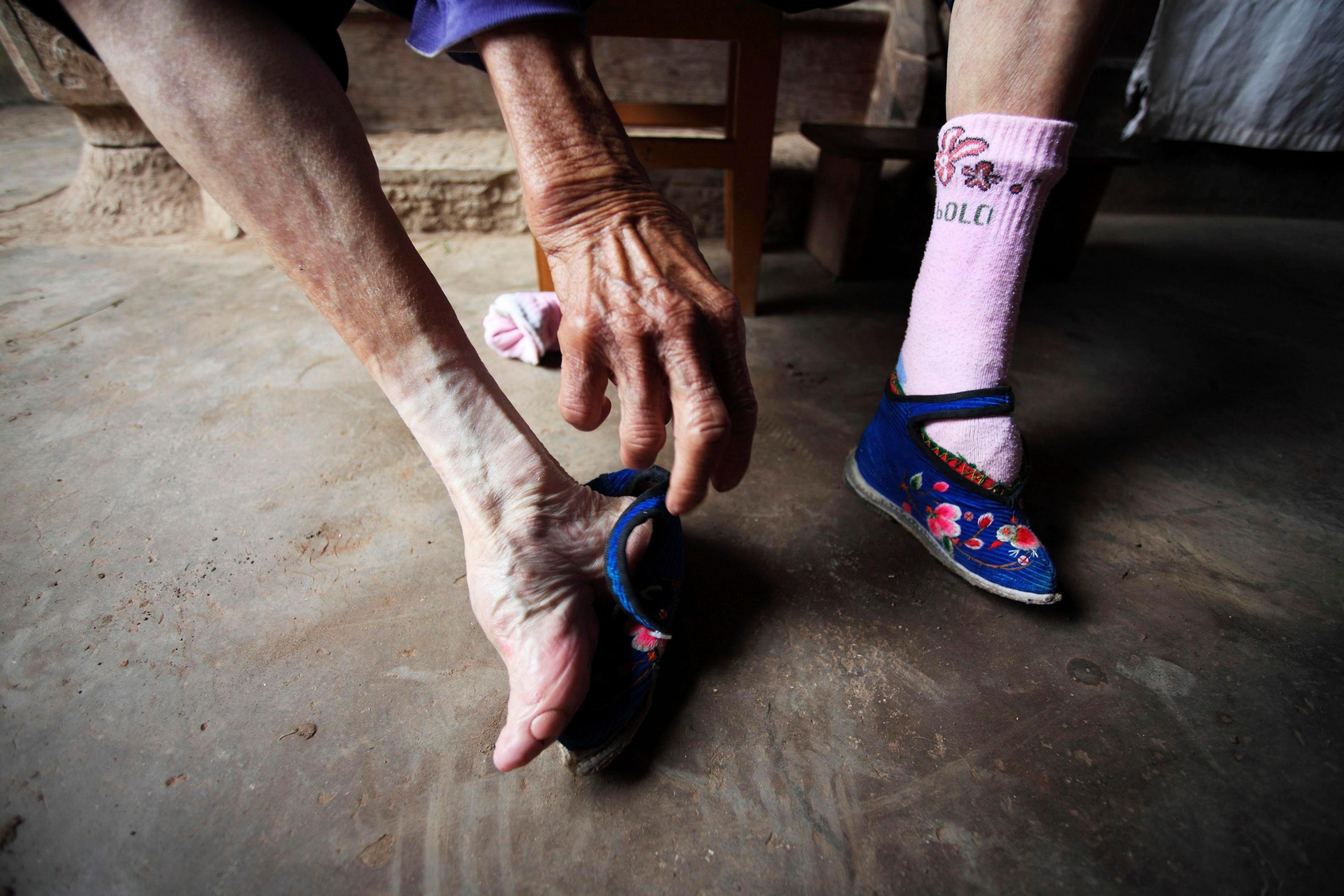
5. The Crinoline
A crinoline was a stiffened and structured petticoat that gave an illusion of girth to a woman’s dress. In the mid-1850s, cage crinoline made of whalebone and steel bands were introduced and women went berserk. Though really popular and coveted, it was also a major fire hazard. From the late 1850s to the late 1860s, around 3,000 women died in crinoline fires in England.
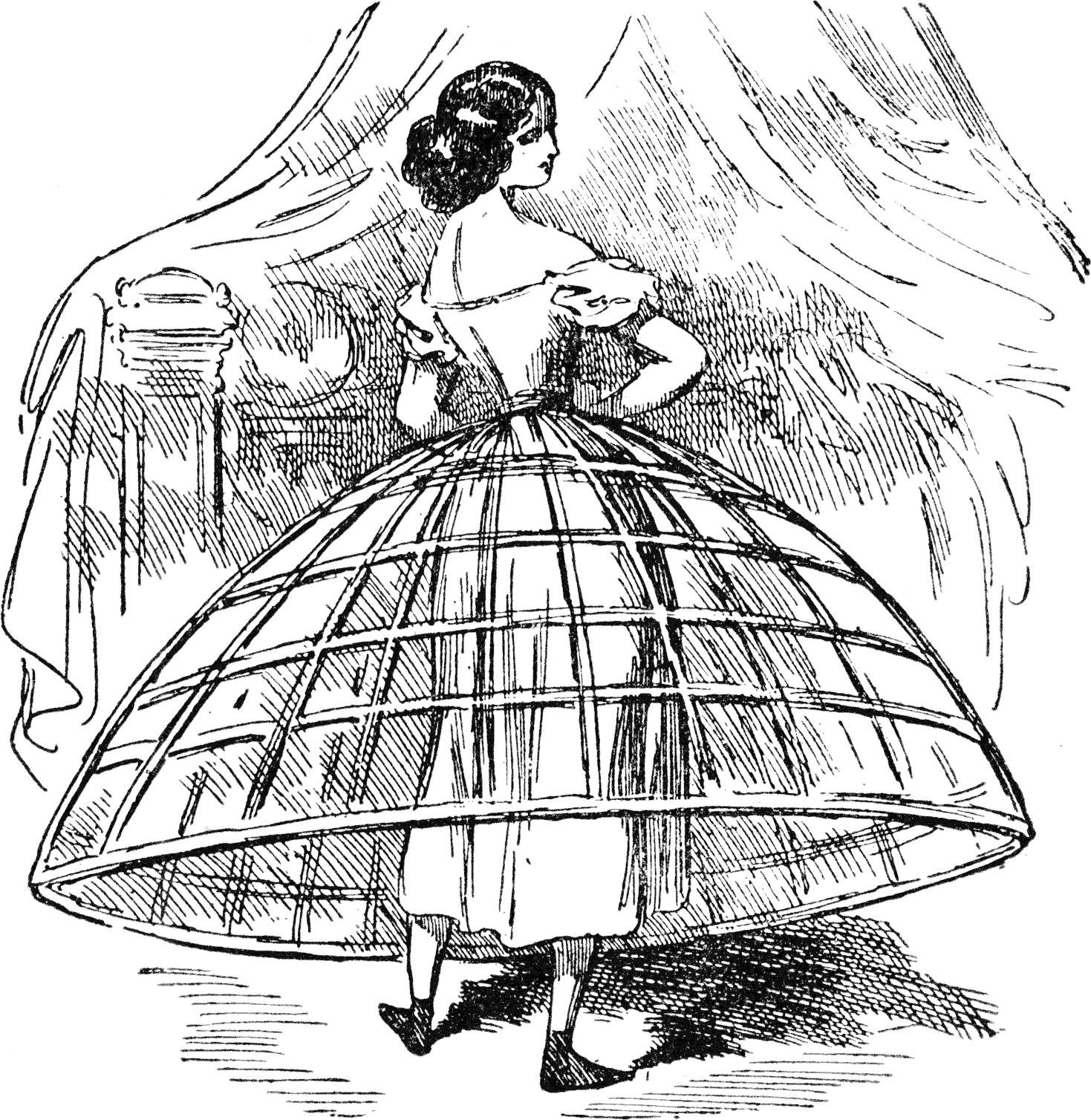
6. The Fontange
Also known as the frelange, the style became popular after Louis XIV’s mistresses, the Duchesse de Fontagne donned it first. The king liked it and it soon became a raging trend both in France and England.
While in the beginning, it was just a tuft of curly hair tied in a ribbon, as time passed the fontange started growing higher, grander and more dangerous.
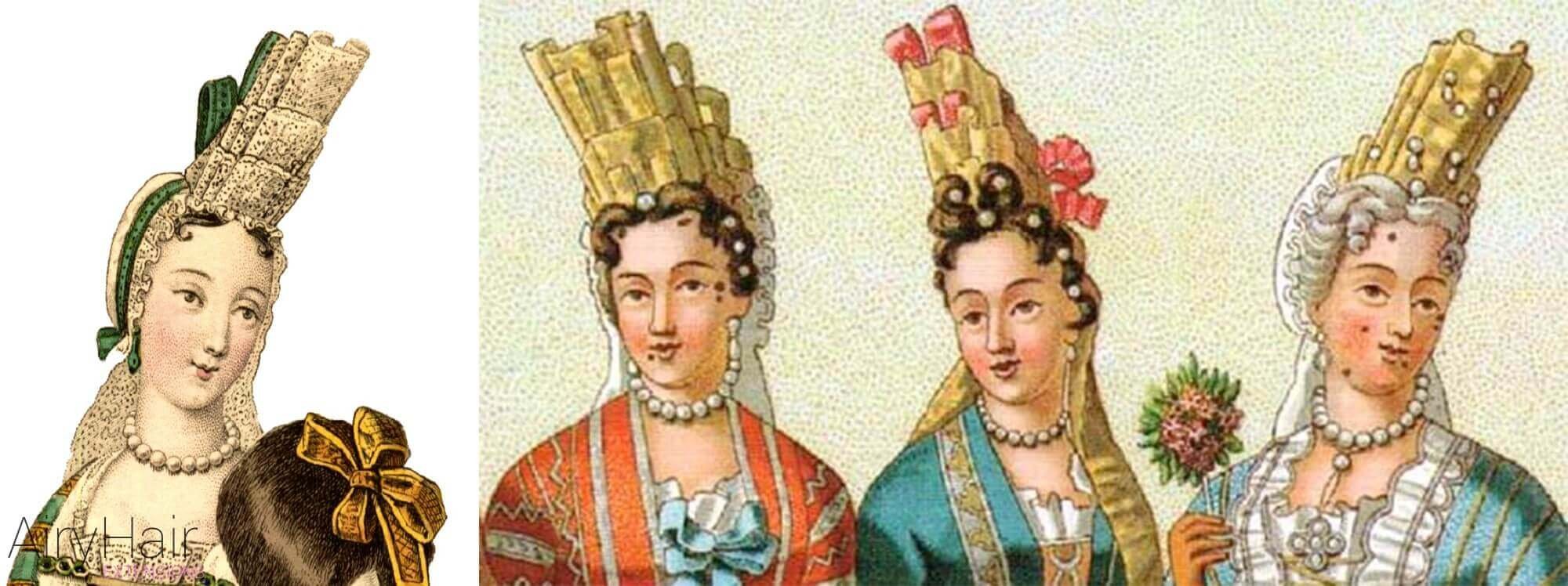
The problem was that at the time they were famous, candle chandeliers were famous as well. So a lot of women’s hair caught fire and they suffered burns all over their face and neck.
7. Belladonna Eye Drops
While women in other parts of the world were using kohl to highlight their eyes, women in Renaissance Italy were using Belladonna eye drops to look alluring. With one drop, the eyedrops dilated pupils, simulating the natural state of arousal in the eye.
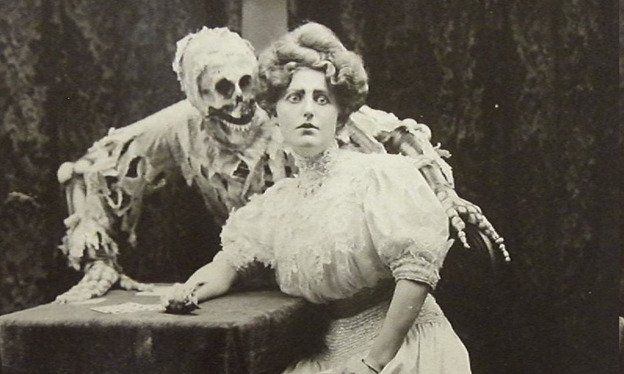
However, prolonged use of belladonna caused permanent blindness, increased heart rates and often caused blurry vision.
8. Scheele’s Green
All thanks to Carl Scheele, who invented the perfect green colour, people finally knew what a beautiful colour green was. It became hugely popular. However, soon it became infamous when it was discovered that the colour has a dangerous amount of arsenic in it.
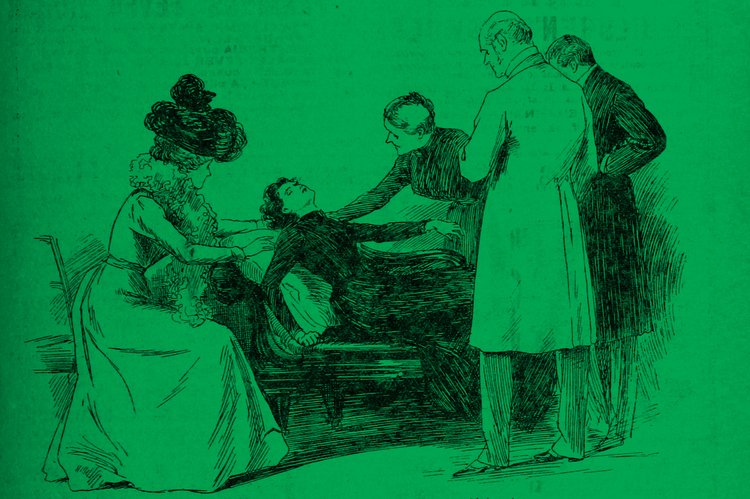
It was later found that continued exposure to the colour is dangerous enough to kill a person. It was also speculated that Napoleon was poisoned by the wallpaper he had, which was dyed in Scheele’s green colour.
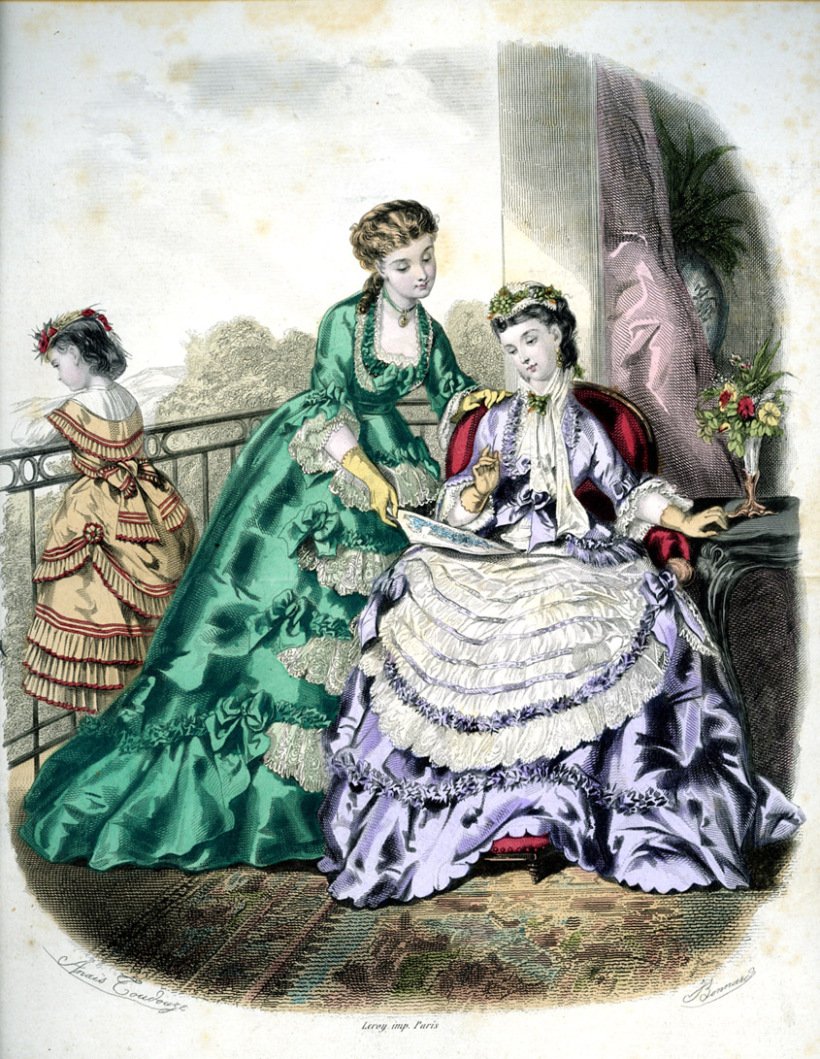
9. Hobble Skirt
Between 1910 to 1914, hobble skirts were all the rage. Women everywhere were sporting this weird trend in order to accentuate their curves. However, mobility became a big issue.
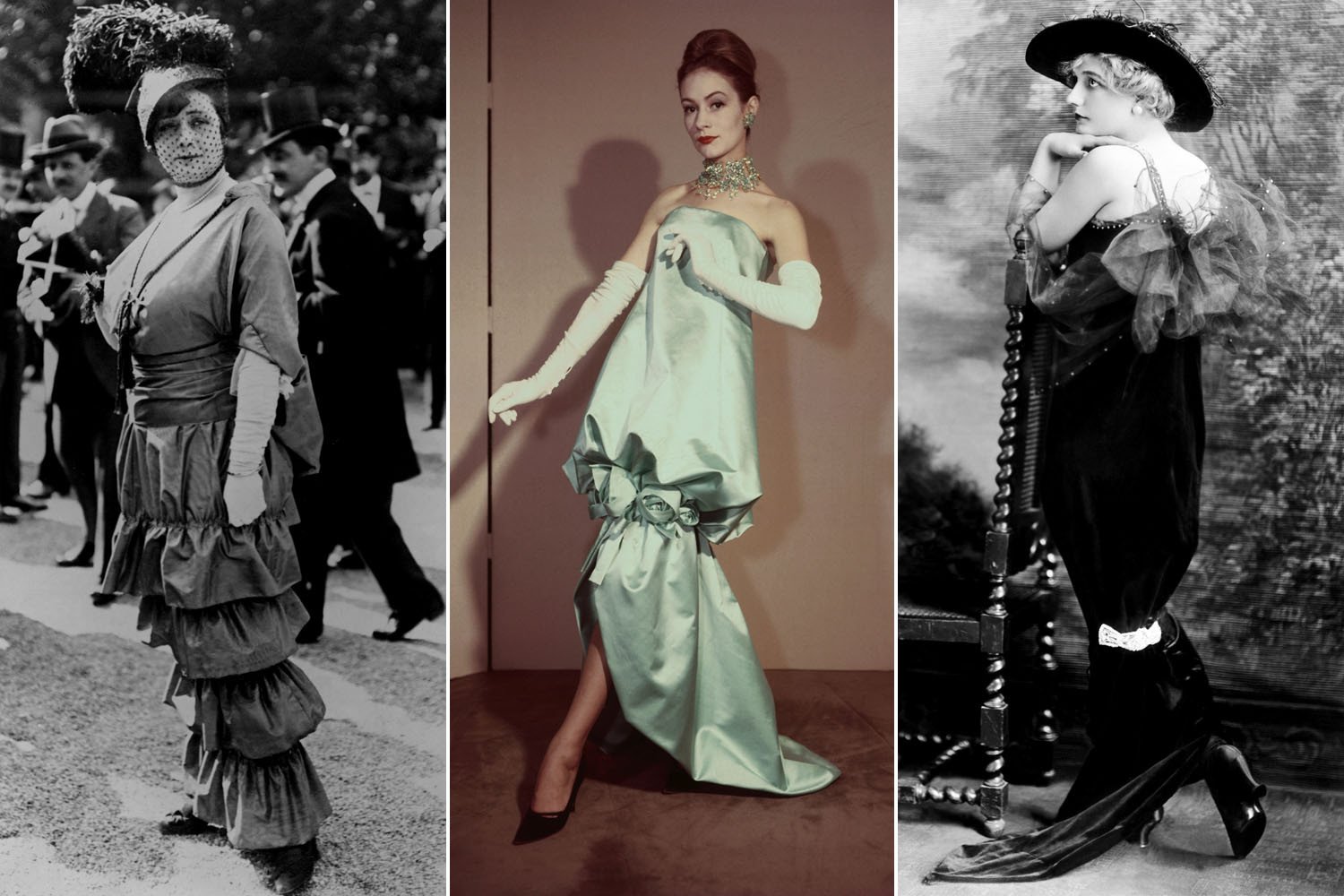
Women had to take small steps to reach anywhere. And unsurprisingly, they would reach there quite painstakingly. In 1910, a woman named Ida stumbled to her death from a bridge when her skirt caused her to miss a step. Tragic, right?
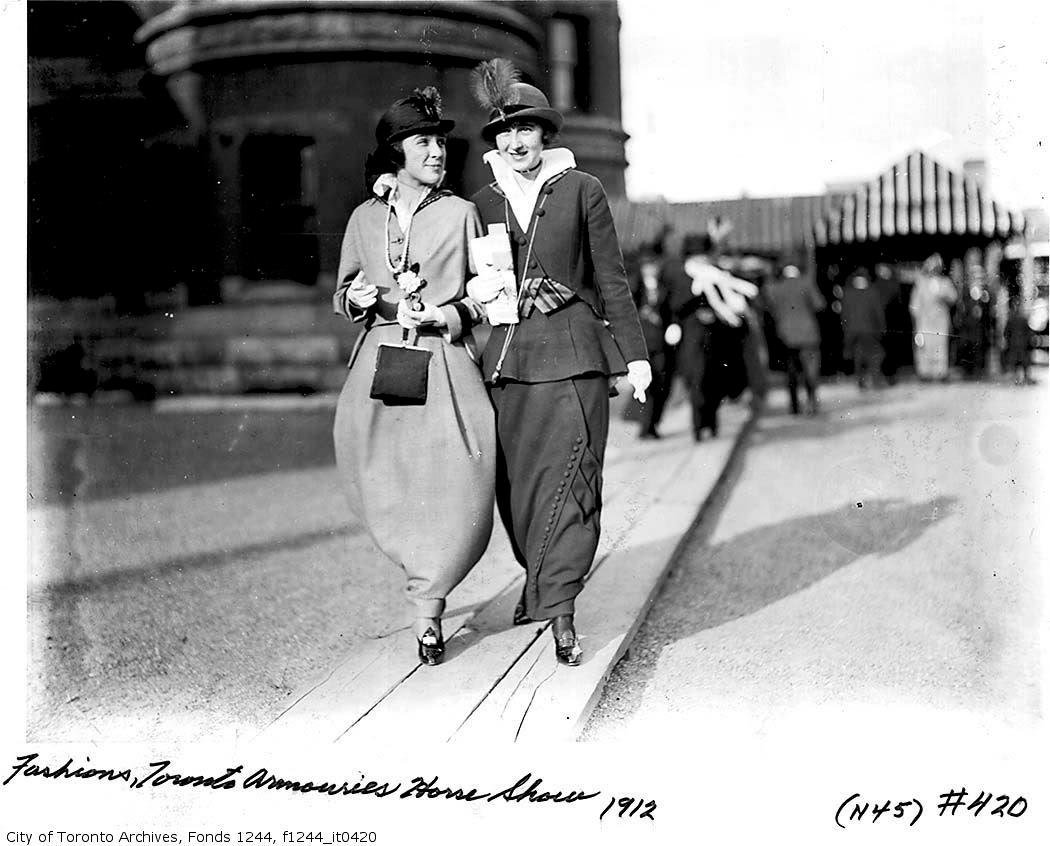
10. Muslin Dresses
In the late 18th century, fashion changed dramatically. Women were no longer wearing extravagant gowns but had taken to chemise like dresses that were sometimes too sheer.
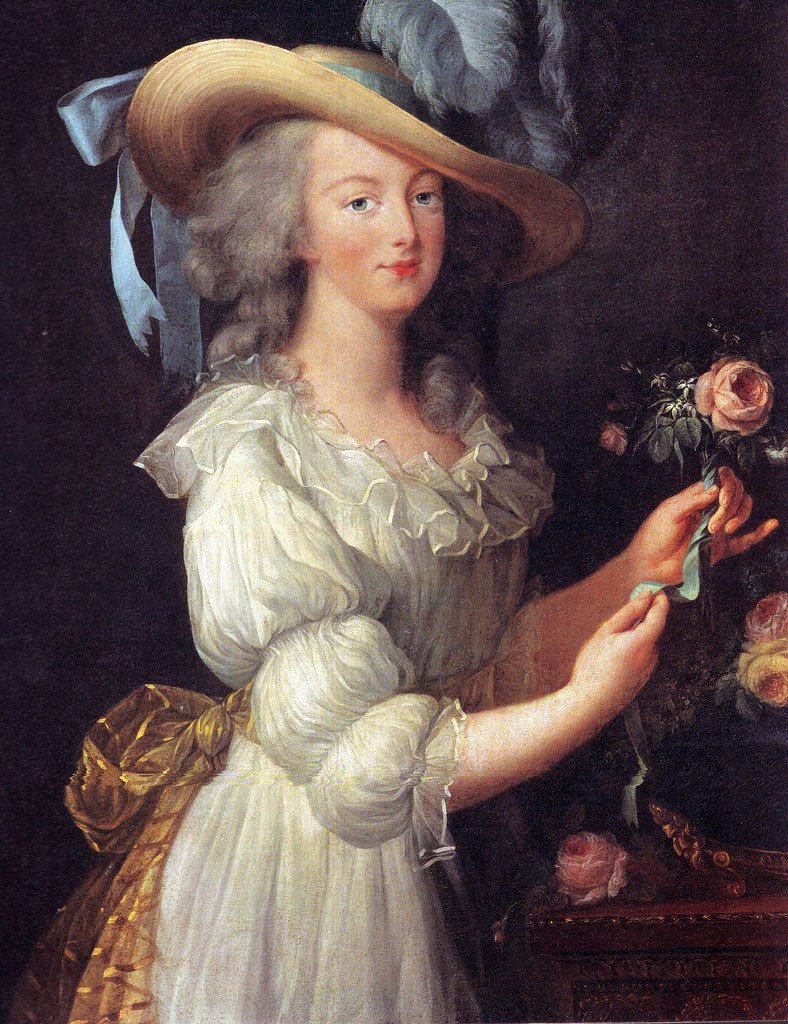
Muslin was the preferred cloth because it was lighter and could be easily dyed. However, the cloth was easily flammable as well. Additionally, to make the muslin to appear more see through, women started wetting their dresses. Soon enough a lot of women caught pneumonia and died because of their wet dresses. So much for fashion, right?
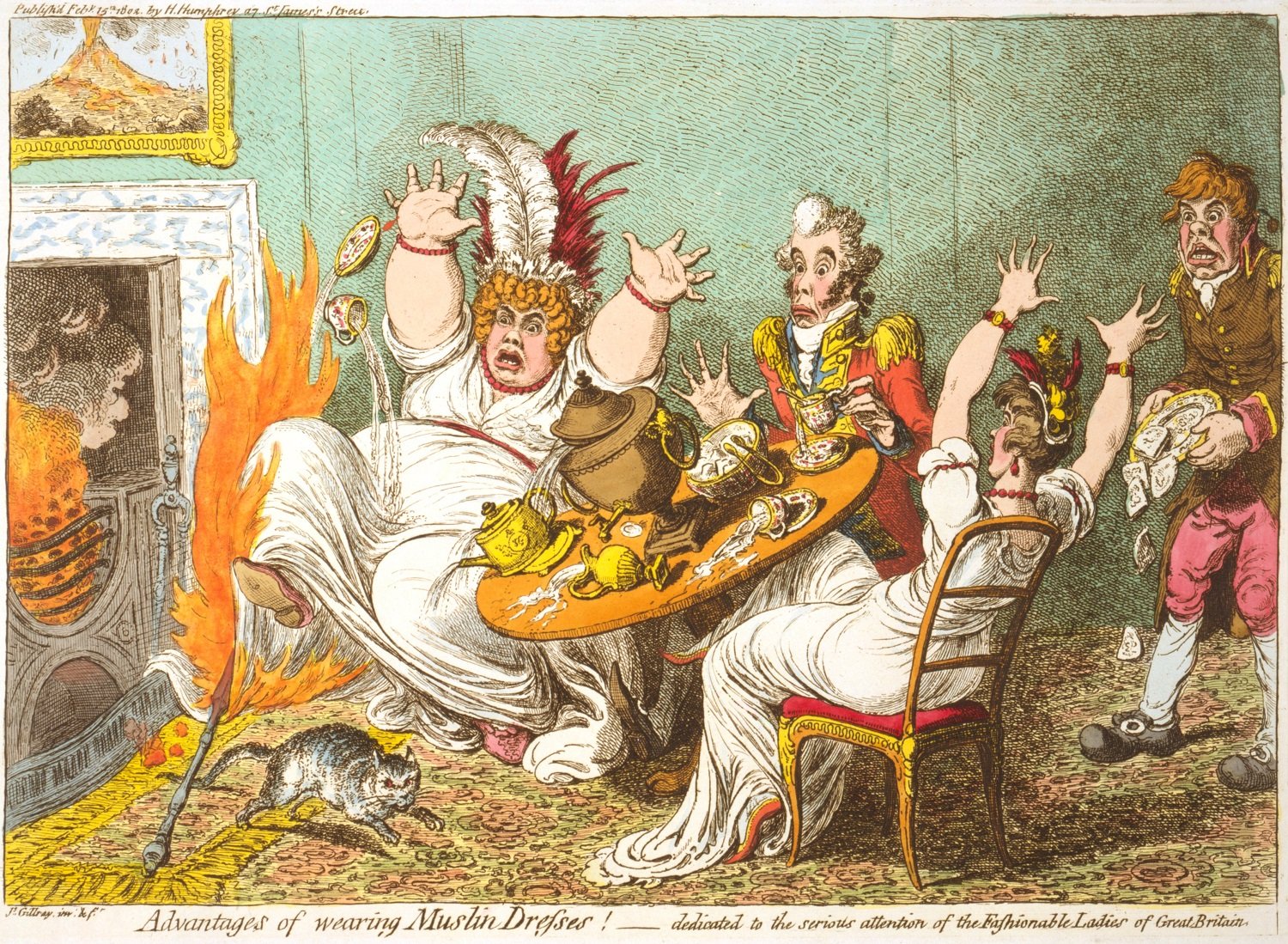
Killer fashion indeed!





